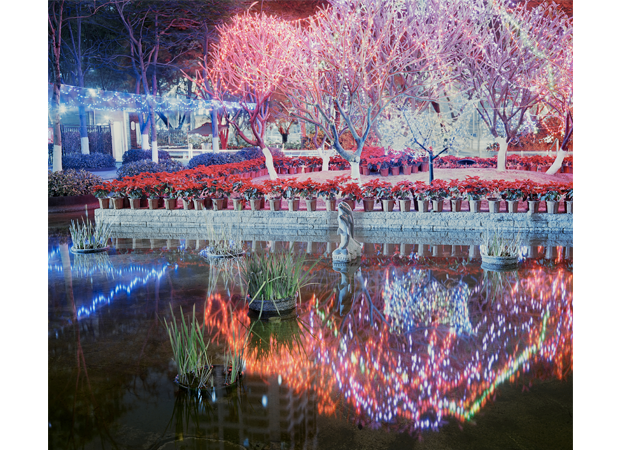ChinaFile Recommends
09.18.17China’s ‘Sponge Cities’ Aim to Re-Use 70% of Rainwater
CNN
Asian cities are struggling to accommodate rapid urban migration, and development is encroaching on flood-prone areas.
ChinaFile Recommends
08.22.17China to Rev up Bullet Train Revolution with World’s Fastest Service on Shanghai-Beijing Line
South China Morning Post
China will soon start official operation of the world’s fastest train service, knocking an hour off the 1,318km journey between Beijing and Shanghai.
Viewpoint
06.26.17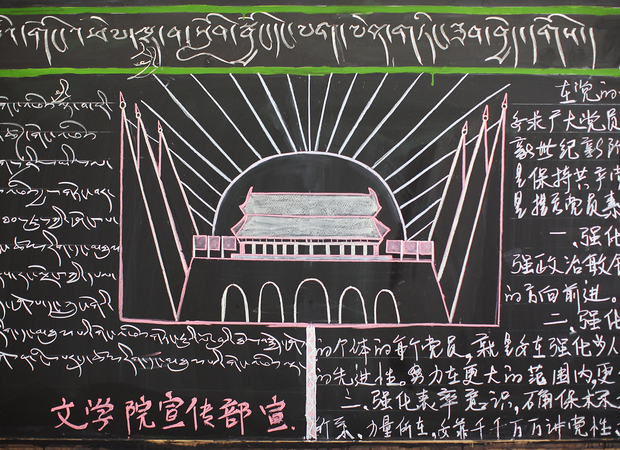
Why Are So Many Tibetans Moving to Chinese Cities?
China’s Tibetan areas have been troubled by unrest since 2008, when protests swept the plateau, followed by a series of self-immolations which continue to this day. The Chinese state, as part of its arsenal of responses, has intensified urbanization...
ChinaFile Recommends
03.20.17More Than 100 Chinese Cities Now above One Million People
Guardian
Government policy and a shift westward have fed the staggering scale of China’s urban ambitions—119 cities as big as Liverpool, and likely double that by 2025
ChinaFile Recommends
09.20.16A New Literary Genre Critiques the Scariest Part of Life in China: Reality
Quartz
Enter chaohuan, the “ultra-unreal”
Sinica Podcast
07.11.16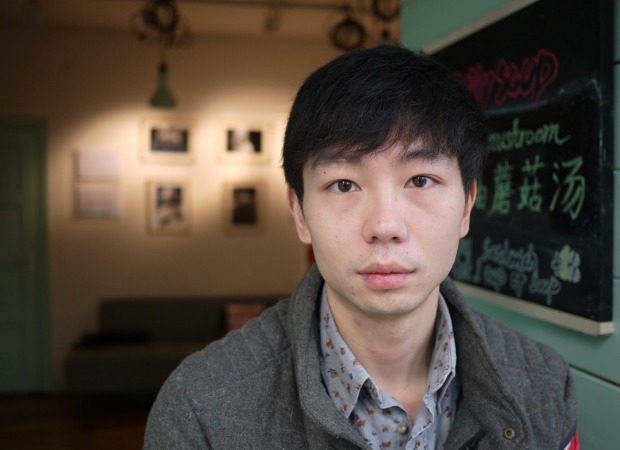
The Street of Eternal Happiness
from Sinica Podcast
Rob Schmitz, China correspondent for Marketplace, has been living in China on and off since 1995. He is the author of Street of Eternal Happiness: Big City Dreams Along a Shanghai Road, a book about the people living and working on Changle Lu in...
Books
06.15.16
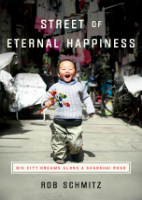
Street of Eternal Happiness
Modern Shanghai: a global city in the midst of a renaissance, where dreamers arrive each day to partake in a mad torrent of capital, ideas, and opportunity. Marketplace’s Rob Schmitz is one of them. He immerses himself in his neighborhood, forging deep relationships with ordinary people who see in the city’s sleek skyline a brighter future and a chance to rewrite their destinies. There’s Zhao, whose path from factory floor to shopkeeper is sidetracked by her desperate measures to ensure a better future for her sons. Down the street lives Auntie Fu, a fervent capitalist forever trying to improve herself with religion and get-rich-quick schemes while keeping her skeptical husband at bay. Up a flight of stairs, musician and café owner CK sets up shop to attract young dreamers like himself, but learns he’s searching for something more. As Schmitz becomes more involved in their lives, he makes surprising discoveries which untangle the complexities of modern China: A mysterious box of letters that serve as a portal to a family’s—and country’s—dark past, and an abandoned neighborhood where fates have been violently altered by unchecked power and greed.A tale of 21st century China, Street of Eternal Happiness profiles China’s distinct generations through multifaceted characters who illuminate an enlightening, humorous, and at times heartrending journey along the winding road to the Chinese Dream. Each story adds another layer of humanity and texture to modern China, a tapestry also woven with Schmitz’s insight as a foreign correspondent. The result is an intimate and surprising portrait that dispenses with the tired stereotypes of a country we think we know, immersing us instead in the vivid stories of the people who make up one of the world’s most captivating cities. —Crown Publishers {chop}
Green Space
05.18.16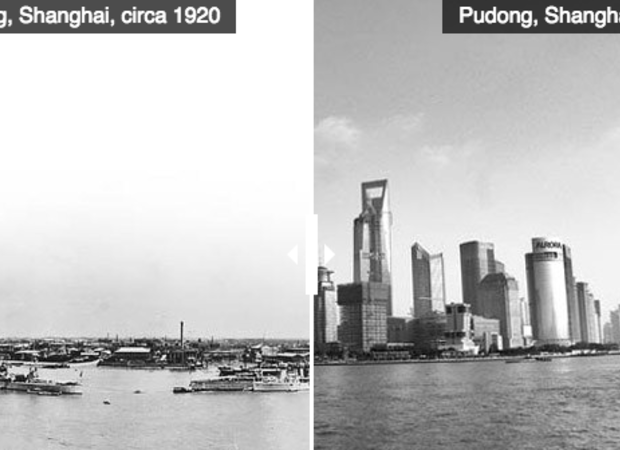
Time Traveling Through Dramatic Urbanization in China Over Decades
Twenty-six years ago, only 26 percent of the Chinese population lived in urban areas. Since then, China’s urbanization rate has risen to almost 56 percent, meaning hundreds of millions of people have packed themselves into the country’s 662 cities...
Media
03.10.16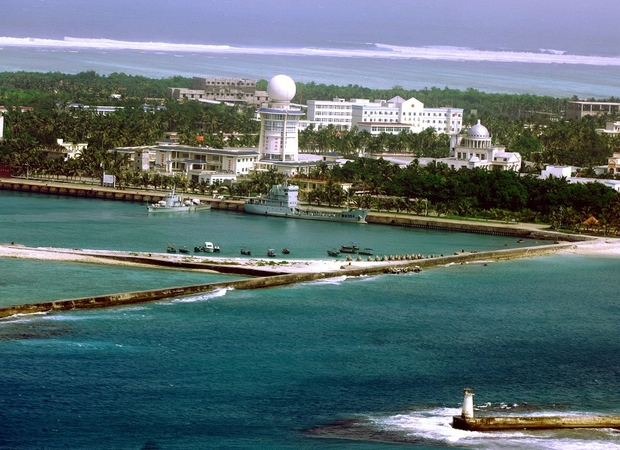
China’s Secret Weapon on Disputed Island: Beer and Badminton
Soldiers, ships, and military outposts are the usual tools of nations staking out their territory. But on disputed shoals in the South China Sea, Beijing may be deploying a new arsenal: soccer fields, pipelines, and tea shops.Woody Island is a...
ChinaFile Recommends
02.04.16The Unreal, Eerie Emptiness of China’s Ghost Cities
Wired
Kangbashi is one of hundreds of sparkling new cities sitting relatively empty throughout China, built by a government eager to urbanize the country.
ChinaFile Recommends
12.07.15Xi’an City Wall: How China Turned A Military Site Into A Unique Park
CNN
Xi’an, China’s 637-year-old city wall is a relatively new kid on the block.
Media
07.14.15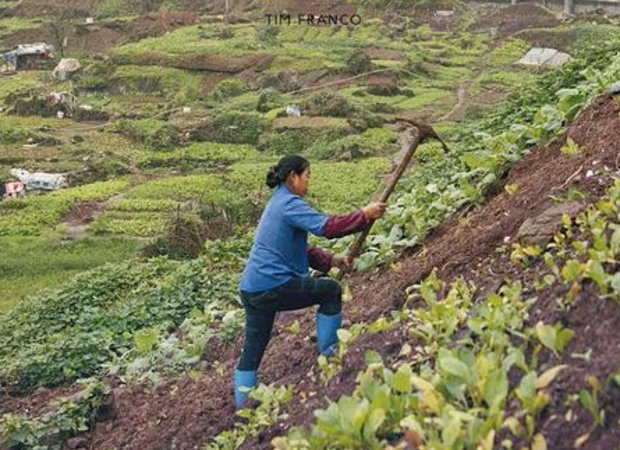
Megacity Chongqing Now
Earlier this month, photographer Tim Franco visited Asia Society to show his work from Chongqing, a city of more than 25 million where he has been reporting since 2009. Many of the images Franco showed appear in his latest book, Metamorpolis (...
Books
05.19.15
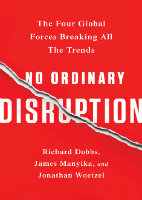
No Ordinary Disruption
Our intuition on how the world works could well be wrong. We are surprised when new competitors burst on the scene, or businesses protected by large and deep moats find their defenses easily breached, or vast new markets are conjured from nothing. Trend lines resemble saw-tooth mountain ridges.The world not only feels different. The data tell us it is different. Based on years of research by the directors of the McKinsey Global Institute, No Ordinary Disruption: The Four Forces Breaking All the Trends is a timely and important analysis of how we need to reset our intuition as a result of four forces colliding and transforming the global economy: the rise of emerging markets; the accelerating impact of technology on the natural forces of market competition; an aging world population; and accelerating flows of trade, capital, and people.Our intuitions formed during a uniquely benign period for the world economy—often termed the Great Moderation. Asset prices were rising, cost of capital was falling, labor and resources were abundant, and generation after generation was growing up more prosperous than their parents.But the Great Moderation has gone. The cost of capital may rise. The price of everything from grain to steel may become more volatile. The world’s labor force could shrink. Individuals, particularly those with low job skills, are at risk of growing up poorer than their parents.What sets No Ordinary Disruption apart is depth of analysis combined with lively writing informed by surprising, memorable insights that enable us to quickly grasp the disruptive forces at work. For evidence of the shift to emerging markets, consider the startling fact that, by 2025, a single regional city in China—Tianjin—will have a GDP equal to that of the Sweden, or that, in the decades ahead, half of the world’s economic growth will come from 440 cities including Kumasi in Ghana or Santa Carina in Brazil that most executives today would be hard-pressed to locate on a map.What we are now seeing is no ordinary disruption but the new facts of business life—facts that require executives and leaders at all levels to reset their operating assumptions and management intuition.—PublicAffairs{chop}
Books
04.30.15
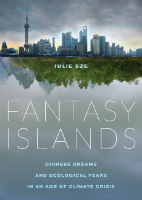
Fantasy Islands
The rise of China and its status as a leading global factory are altering the way people live and consume. At the same time, the world appears wary of the real costs involved. Fantasy Islands probes Chinese, European, and American eco-desire and eco-technological dreams, and examines the solutions they offer to environmental degradation in this age of global economic change.Uncovering the stories of sites in China, including the plan for a new eco-city called Dongtan on the island of Chongming, mega-suburbs, and the Shanghai World Expo, Julie Sze explores the flows, fears, and fantasies of Pacific Rim politics that shaped them. She charts how climate change discussions align with U.S. fears of China’s ascendancy and the related demise of the American Century, and she considers the motives of financial and political capital for eco-city and ecological development supported by elite power structures in the U.K. and China. Fantasy Islands shows how ineffectual these efforts are while challenging us to see what a true eco-city would be. —University of California Press{chop}
Caixin Media
04.14.15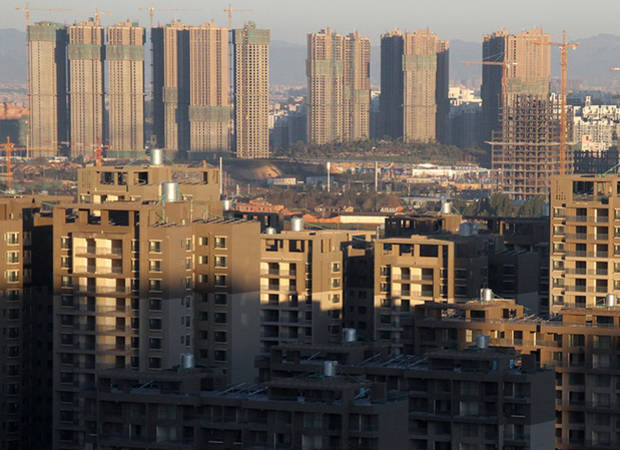
Bulldozing the Cadre Who Revamped Kunming
Warm, sunny Kunming brimmed with charm before Communist Party leader Qiu He brought an autocratic style of governance to town and spurred the urbanization campaign that preceded his downfall.Today, this historic city in southwestern China is a...
Sinica Podcast
02.02.15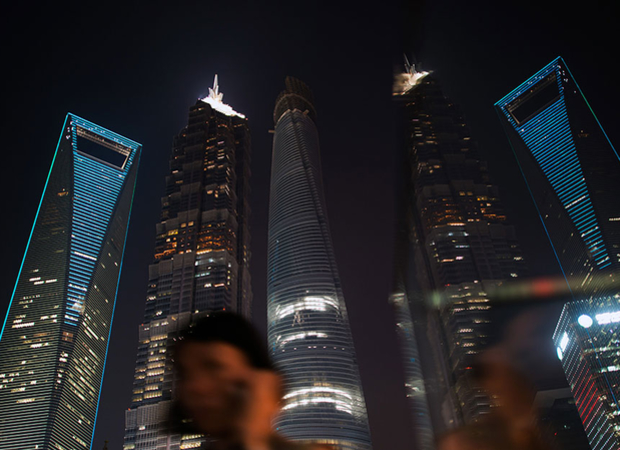
Shanghai and the Future Now
from Sinica Podcast
Expats in Beijing may be partial to our rugged smogtropolis, but even the most diehard northerner will admit that Shanghai is the more romantic of the two cities, with its very name conjuring up images of 19th century opium dens, jazz bars in the...
ChinaFile Recommends
11.24.14Journeys Along the Seventh Ring
That’s
The story of Beijing’s Ring Roads is in many ways the story of Beijing’s urban development. The original ring (known confusingly as the Second Ring) was constructed in the early 1980s, at the behest of city planners, who, in embracing reform-minded...
Books
09.02.14
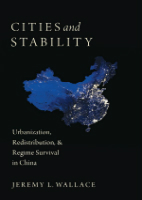
Cities and Stability
China’s management of urbanization is an under-appreciated factor in the regime’s longevity. The Chinese Communist Party fears “Latin Americanization”—the emergence of highly unequal megacities with their attendant slums and social unrest. Such cities threaten the survival of nondemocratic regimes. To combat the threat, many regimes, including China’s, favor cities in policymaking. Cities and Stability shows this “urban bias” to be a Faustian Bargain: cities may be stabilized for a time, but the massive in-migration from the countryside that results can generate the conditions for political upheaval. Through its hukou system of internal migration restrictions, China has avoided this dilemma, simultaneously aiding urbanites and keeping farmers in the countryside. The system helped prevent social upheaval even during the Great Recession, when tens of millions of laid-off migrant workers dispersed from coastal cities. Jeremy Wallace’s powerful account forces us to rethink the relationship between cities and political stability throughout the developing world. —Oxford University Press {chop}
Infographics
05.15.14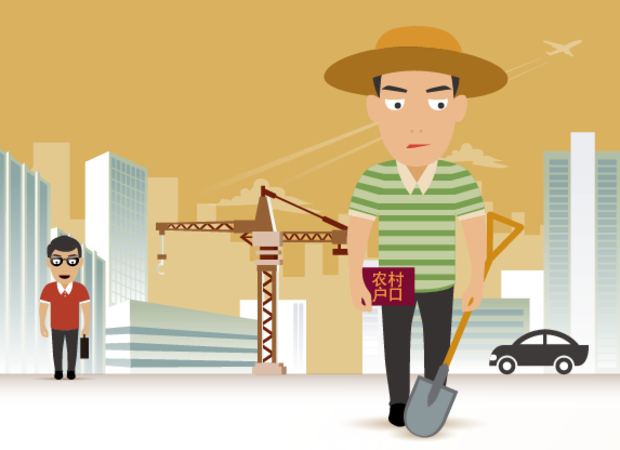
China’s Fake Urbanization
from Sohu
This infographic explains why it is so hard for rural migrants to settle permanently in cities. For starters, city dwellers were the first to get rich after Reform and Opening Up, which created a large income disparity between them and people living...
Infographics
05.02.14
The ‘Nongmin’ Breakdown
from Sohu
Who are China’s rural migrant workers?A uniquely Chinese social identity, the category of “rural migrant worker” is a product of China’s urban/rural dichotomy. It refers to a class of citizens no longer employed in the agricultural sector who...
ChinaFile Recommends
02.03.14In China, ‘Once the Villages Are Gone, the Culture Is Gone’
New York Times
Across China, cultural traditions like the Lei family’s music are under threat. Rapid urbanization means village life, the bedrock of Chinese culture, is rapidly disappearing, and with it, traditions and history.
Caixin Media
01.27.14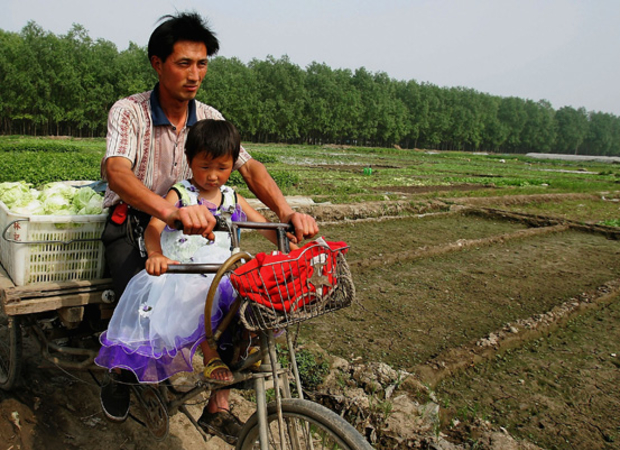
Time for Overhaul of China’s Land Market
The expected launch of land reform is dividing opinions. At a work meeting this month, the Minister of Land and Resources, Jiang Daming, said the central government would limit land supply in cities with more than five million residents. His words...
Environment
11.12.13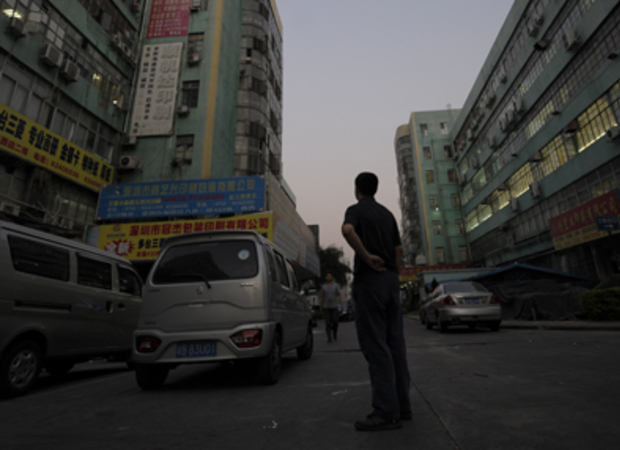
China’s Urban Dilemma
from chinadialogue
After nearly three decades of rapid urbanization, China’s official and unofficial city dwellers outnumber its farmers. More than 400 million people have already moved into cities in the past thirty years, and in 2011 China crossed the threshold of a...
Reports
11.11.13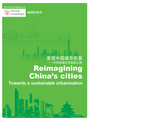
Reimagining China’s Cities
Isabel Hilton
chinadialogue
After nearly three decades of rapid urbanisation, China’s official and unofficial city dwellers outnumber its farmers. China’s urbanisation counts as the biggest and fastest social movement in human history, a movement that has turned Chinese...
Reports
08.27.13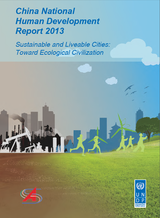
China National Human Development Report 2013
United Nations
China had more urban than rural residents for the first time in 2011. The urbanization rate reached 52.6 percent in 2012, a major milestone with significant implications. In the midst of this urban transformation, China’s leaders have increasingly...
Infographics
08.12.13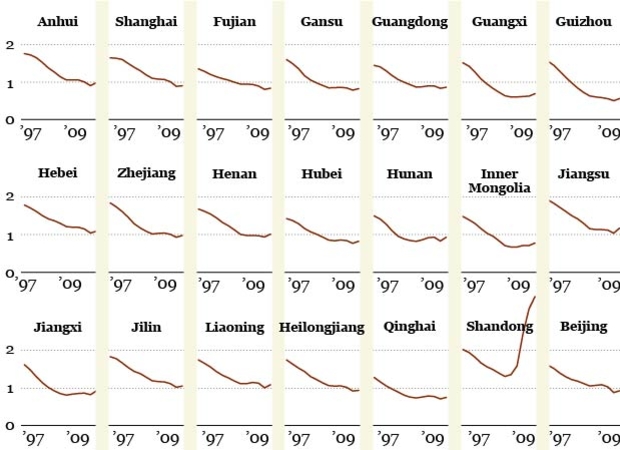
Is China’s Massive Infrastructure Spending Wise or Wasteful?
China leads the world in infrastructure investment. The new roads, new railroads, new skyscrapers, even whole new cities that seem to spring into existence every day leave little doubt that investment has been ambitious. But has it been wise? This...
ChinaFile Recommends
07.16.13Pitfalls Abound in China’s Push From Farm to City
New York Times
Li Yongping is directing one of the largest peacetime population transfers in history: the removal of 2.4 million farmers from mountain areas in the central Chinese province of Shaanxi to low-lying towns, many built from scratch on other farmers’...
ChinaFile Recommends
06.06.13Urbanisation: Some Are More Equal Than Others
Economist
Rural migrants living in the handshake buildings are still second-class citizens, most of whom have no access to urban health care or to the city’s high schools. Their homes could be demolished at any time.
ChinaFile Recommends
05.21.13As China’s Economy Stumbles, Government Eyes Reform
Deal Book
Urbanization and comprehensive economic reform are among the main hopes for supporting and improving the quality of China’s growth, as well as for commodity producers and investors globally.
ChinaFile Recommends
04.11.13Two China Cities Move To Cool Overheated Housing Market
New York Times
In Shanghai and Beijing, stricter laws governing residence status and residence-related taxes in order to offset a real estate bubble that could seriously damage the economy and exacerbate social tensions between the rich and the poor.&...
Conversation
03.13.13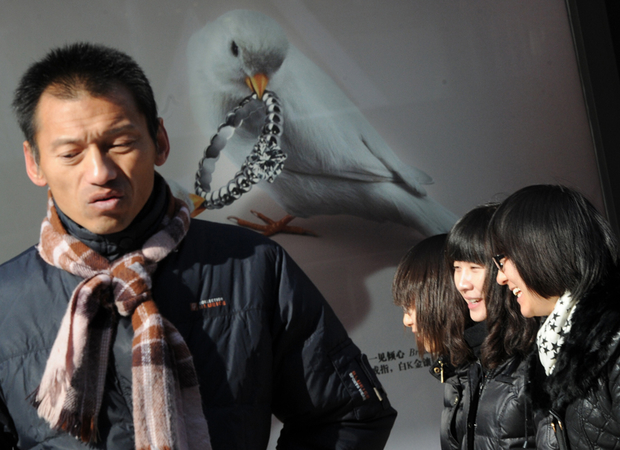
China’s Post 1980’s Generation—Are the Kids All Right?
This week, the ChinaFile Conversation is a call for reactions to an article about China’s current generation gap, written by James Palmer, a Beijing-based historian, author, and Global Times editor. The article, first published by Aeon in the U...
Environment
02.22.13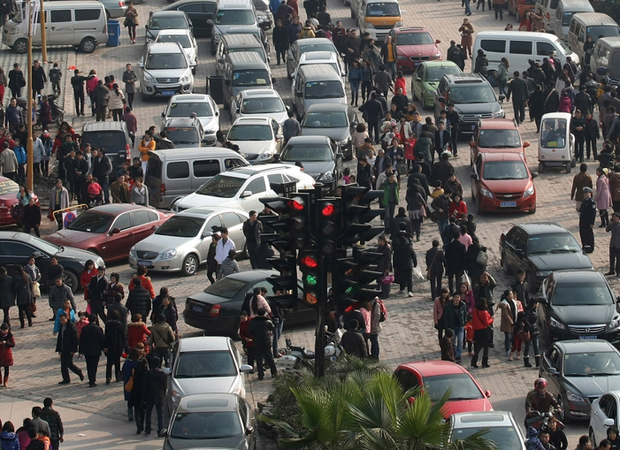
Could Smartphones Help Clear China’s Congested Roads?
from chinadialogue
The extraordinary growth of China’s cities is well-known. Today, 160 Chinese metropolises have over one million inhabitants and more than half the population lives in urban areas, which are growing at two to three times the rate of Western cities...
Sinica Podcast
01.18.13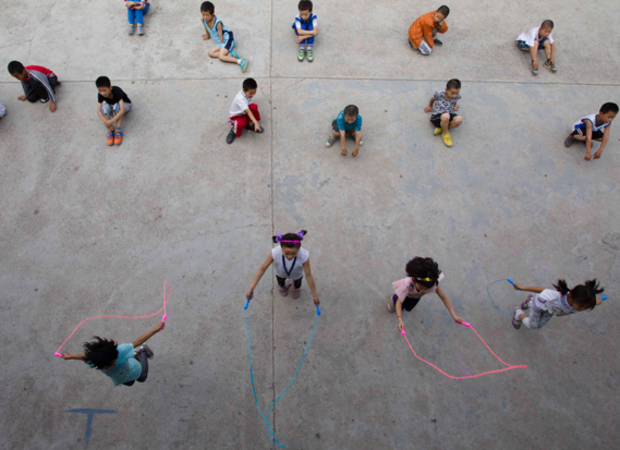
China’s Urban Billion
from Sinica Podcast
Lurking silently behind practically every story on Chinese economic growth over the last thirty years has been the country’s unprecedented shift from being an overwhelmingly rural society to what is now a largely urban one, with almost 700 million...
ChinaFile Recommends
08.27.12China Gets Creative as the Cultural Revolution Grows
Telegraph
Costing a total of 50bn yuan (£5bn), this mammoth entertainment, retail and office hub, named the Han Street Cultural Centre, may be the most ambitious single project of its kind in the world. And it is being built not in Shanghai, Beijing or Hong...
ChinaFile Recommends
08.15.12“Twitter Is My City”: An Interview with Ai Weiwei
Foreign Policy
Ai, who lived in New York for much of the 1980s, has become a patron of China’s disaffected urbanites, and here, in his tranquil garden, he holds court, offering advice to the thousands of fans, bloggers, activists, and petitioners who visit...
ChinaFile Recommends
08.14.12The Souls of Chinese Cities
Foreign Policy
Traveling through modern Chinese cities at times feels a blur, the view from a bus or taxi window seemingly untethered from any past or even particularities of place. In one sense, everything everywhere looks the same; it’s easy to feel a...
ChinaFile Recommends
08.14.12Beijing Forever
Foreign Policy
Beijing, as most Chinese know it, was a neglected relic after the Japanese occupation of World War II and the Chinese Civil War. In 1949, when the victorious communists moved the capital back there from Nanjing, it was a bankrupt town of 1.4 million...
Sinica Podcast
12.06.11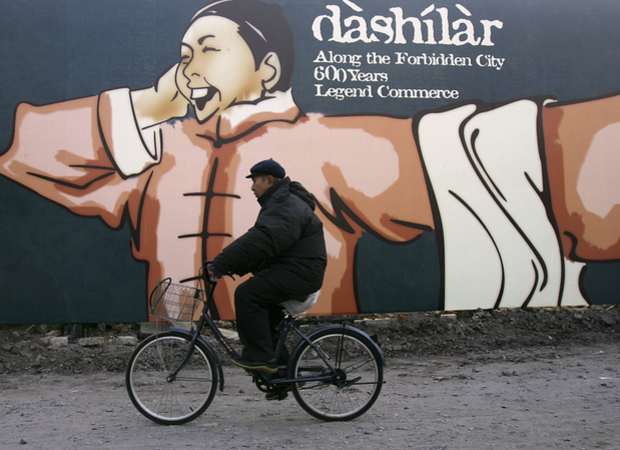
The Soul of Beijing
from Sinica Podcast
Today, we’re pleased to share a special live edition of Sinica recorded last Saturday at Capital M in Beijing. Held to a standing-room only crowd, we talked all about our ongoing love-hate relationship with Beijing, and asked what on earth is...




